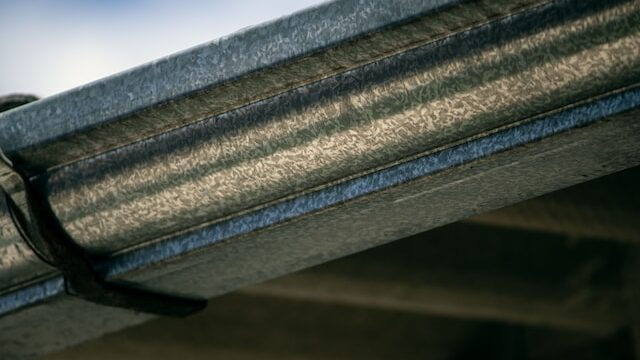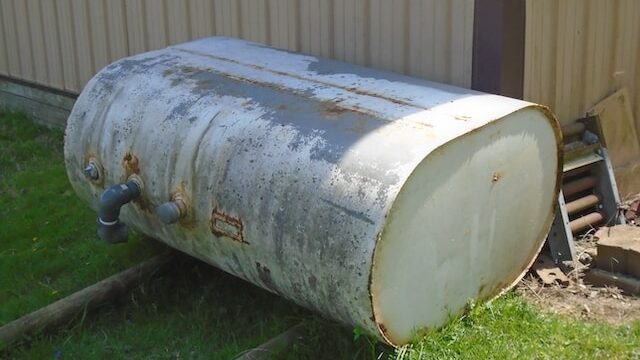Air sentry breathers replace a tank or reservoir’s standard breather cap or vent tube. They provide state-of-the-art contamination control protection, prolonging fluid life and reducing maintenance costs.
Contaminated air enters the hiatus and passes through a self-cleaning 2-micron solid particulate filter. Next, it is drawn through a bed of color indicating silica gel, which adsorbs moisture and water vapor from the contaminated air.
How Desiccant Breathers Work
Air sentry breathers replace existing breather caps or air vents on fluid-holding tanks, reservoirs, and gearboxes.
As a reservoir or equipment breathes, the ebb and flow of air pressure exposes the lubricants inside to the two most damaging contaminants – water vapor and dust particles. These particles can cause premature wear, degradation, and oxidation of the lubricants and equipment, leading to costly failures.
Air sentry breathers North Carolina have an isolation check valve that allows the adsorption chamber to be isolated from exhaust air and prevents exhaust from prematurely replacing the adsorbent. The adsorbent is also protected by a carbon pad that can absorb oil vapor in specific extreme environments or in cases where excessive oil mist control is required. Exhaust air also passes back through the breather’s self-cleaning 2-micron filter and partially regenerates the silica gel when it turns dark green to indicate that replacement is necessary.
How Desiccant Breathers Remove Moisture
Desiccant breathers remove moisture and particulate contaminants from the air that passes through equipment reservoirs. Unlike other contamination control systems, a desiccant breather works whether the machine is running or not. The layered system consists of a self-cleaning solid particle filter and a bed of silica gel that absorbs moisture.
Air reaches the fluid reservoir through the breather’s top cap and passes through a solid particle filter that traps any solid particles larger than 2 microns. Moisture vapor and contaminants then pass through the silica gel bed, which adsorbs any water in the air.
The solid particle filter and silica gel can be recharged or replaced, extending their effectiveness. The resulting dry, clean air can reach your machine’s fluid system, preventing contaminant buildup and prolonging fluid life. Particle
breathers prevent harmful contaminants like dust and moisture from entering industrial equipment as air is drawn in and out due to thermal expansion or fluid levels. This improves lubrication and hydraulic system life, reduces abrasive wear, and decreases maintenance and repair costs.
Desiccant breathers remove water vapor and solid particles from the air using the inherent properties of two natural substances. Silica gel adsorbs water vapor and contains microscopic pores that trap and hold up to 40% of its weight in moisture. When the silica gel has reached maximum adsorption, it turns from gold to dark green, indicating it’s time to change the pause.
The breather’s dual zone microglass media filters out the remaining moisture in the air and oil vapor, fumes, and odors.
How Desiccant Breathers Detect Moisture
Air sentry breathers remove contaminants like dust and moisture from equipment and lubricant storage containers, helping prevent them from “breathing in” dirt and rust. This contamination control accessory reduces equipment downtime and maintenance costs, prolonging the lifespan of machinery and fluid systems.
Humid work environments shorten the breather’s lifespan, quickly causing the silica gel to reach its maximum moisture-holding capacity. To ensure the hiatus is still effective, it’s essential to select one with sufficient reservoir capacity to match your fluid system’s needs.


